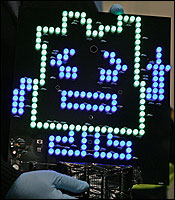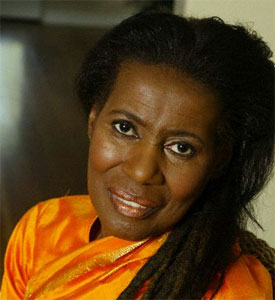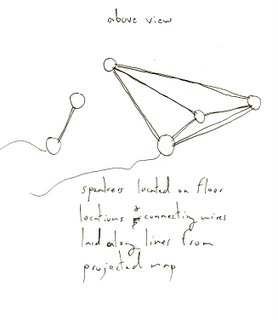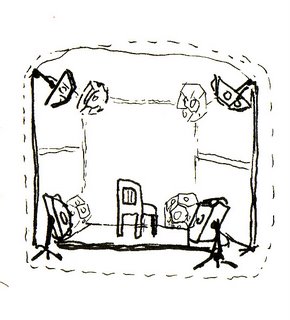
Theory of praxis
See also: “Solo Meta-Performance Practice” [FOARM #5]
What do you do when you improvise? Capture your internal process. A theory of your own practice.
Keywords: moment, memory, time, index, phenomenology, attention, listening
While improvising, I see before me a range of possible responses (in the form of sonic events: notes, sounds, figures, silence) to the music going on at any given moment. The range of responses may be wide or narrow. These responses fall roughly into categories or genres: Tried-and-True, Worn Out (formerly Tried-and-True), Verboten, and a final category of sounds/reactions that are as yet Untried or Unknown - sounds I haven't made before and might make “by accident” if I set myself up for it. Also, Worn-Out has a subcategory of the Recycling Bin - responses that I might be able to revive. The Recycling Bin has two outputs - a “Relistener,” which attempts to recontextualize Worn-Out events; and an “Accident Maker,” a means of creating new events from old through controlled experimentation. As shown on the chart, I only choose from the first and last categories or from the Recycling Bin (by way of the Relistener).
How do the aforementioned “Accidents” come from? It comes from a sensorimotor understanding of the instrument or medium, a conscious awareness of outer limits of your skills, and attempting to push outside those limits, or between the cracks of those limits, but in a controlled way - stepping just outside, or making a certain delicate unknown hybrid of better-known techniques. It’s a technique analogous to leaning close to a certain small, curious sound, and trying to hear it for itself. If you can hear your own sounds acousmatically, you can free them from perceived physical limitations and pursue them as sounds. Your pre-conscious can make bodily adjustments in response to this acousmatic imagination (which is simultaneously listening to the sounds in the immediate past and projecting an imagined new sound into the immediate future) to realize the new sounds before your conscious mind realizes it – hence the feeling of surprise that can result from one’s own playing. This feeling of surprise is often misread as randomness when in fact the process is more akin to an investigation of environmental or sensory phenomena.
Graph of the Choosing Mechanism
Performance-time
An aesthetic experience or practice is a “performance” if it has a moment of threshold-crossing when people (audience and artists) realize they are in a special-time(+special-space = performance time).
It’s not the same threshold you cross when you suddenly have a personal rapport with a painting, though it can be similar. Usually this special-time has duration, or invites duration (cf James Turrell). Looking at a painting can have any duration; with Turrell, you still have to walk in and out, and it envelops you; it’s impossible to miss, you have to voluntarily be part of it. You can stumble upon a painting. You don’t stumble upon Feldman or the BSC. Even walking past an outdoor performance, you don’t stumble upon sound and light – it stumbles upon you.
The crossing of the threshold into special-time (performance time) can be a surprise (cf Meta-Performance) or it can be fully anticipated. The threshold is there to evoke heightened attentiveness. The threshold can be physical (walking through a doorway); temporal (starting relatively on time); announced; by consensus (least effective); pressing play; etc.

















